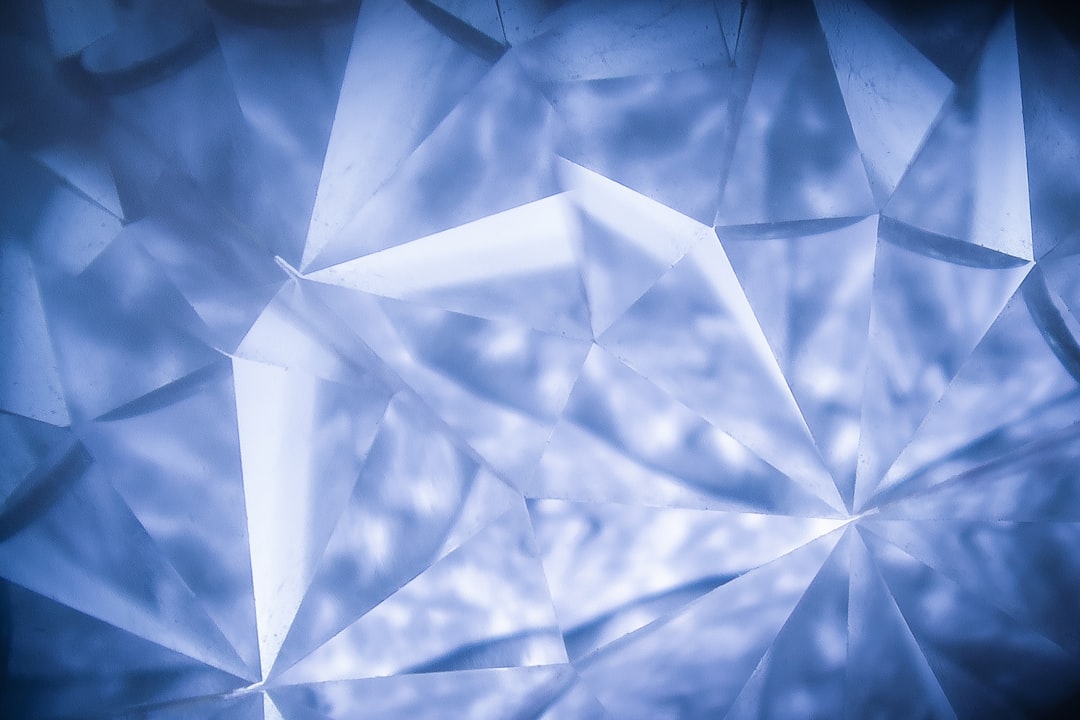What is it about?
This publication tries to address the issue of remediation of oceanic crude oil spills by transforming the spilled oil into a gel which can then be filtered out from sea water. The gelator used is a small molecule which is chiral i.e. it is handed (left or right). Both the enantiomers (non-superimposable mirror image forms) of the chiral gelator are easily made from simple compounds. The gels from these gelators have also been used as reactors for carrying out a chemical reaction using UV light.
Featured Image
Why is it important?
The publication reports for the first time a gelator that is capable of gelating crude oil from mixtures of saline water and crude oil which is the actual problem that is faced in many oceanic oil spills. Again any any chiral synthesis necessarily requires a chiral micro-environment which is provided by interactions with reagents, catalysts or the reaction medium. Access to both the enantiomers of the gelators and their gels provides scope for such micro-environments for chiral synthesis.
Read the Original
This page is a summary of: Enantiomeric organogelators from d-/l-arabinose for phase selective gelation of crude oil and their gel as a photochemical micro-reactor, Chemical Communications, January 2014, Royal Society of Chemistry,
DOI: 10.1039/c4cc05950f.
You can read the full text:
Contributors
The following have contributed to this page










